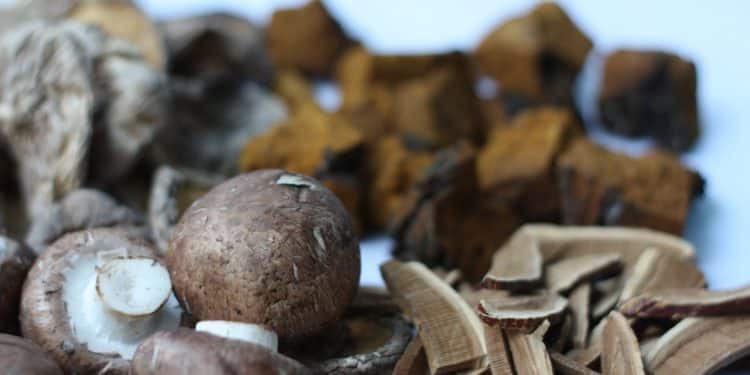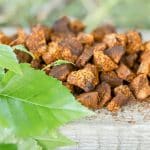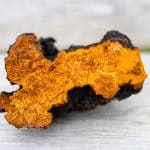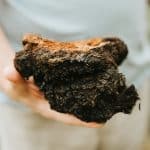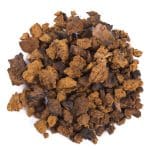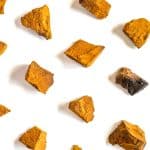Most people can enjoy mushrooms without any problems, but if you suffer from a histamine intolerance, you may be wondering whether mushrooms are high in histamines or are histamine free.
Let us take a closer look at whether chaga mushrooms could make it onto a low-histamine diet. First, we will cover their nutrient benefits, and then explore how they stack up when it comes to their histamines. Most people do not have any problem eating mushrooms.
But if you are suffering from a histamine intolerance, you need to pay attention to everything you are eating in order to prevent overtaxing your histamine levels and creating familiar symptoms of histamine overload. Histamine sensitivities symptoms will often fluctuate depending on your dietary composition, and making smart food choices is the best way to keep your levels in check.
Do Mushrooms Increase Histamines?
Like many, but not all, plant foods, mushrooms are low in histamine. However, even plant foods that are low in histamine, a type of biogenic amine, can contain other biogenic amines, which may cause problems if you have an intolerance to histamine. Therefore, it is important to know what role other biogenic amines can play in contributing to the symptoms of histamine intolerance.
Learn more: Does chaga mushroom help you sleep?
In one study, researchers measured biogenic amines levels in various plant foods. The biogenic amines they measured were histamine, putrescine, cadaverine, tyramine, spermidine, and spermine.
The good news is they did not find any histamines in the mushrooms that were tested, but it is not the end of the story. They found substantial amounts of putrescine and spermidine, two other biogenic amines.
Other Potential Biogenic Amines in Mushrooms
These findings illustrate how simply considering a foods histamine content may result in a bad dietary selection. If a food has a high amount of other biogenic amines, then the other biogenic amines may cause the symptoms of histamine intolerance, even though the actual histamine content of the food is low.
These other biogenic amines compete with and bind to sites where histamine is bound in your gut. Also, diamine oxidase (DAO) breaks these biogenic amines down as well, so these clog more diamine oxidase, leaving less available for breaking down histamines from other foods that you eat.
In the case of chaga mushrooms, high levels of putrescine can be a problem if you are sensitive to histamine. Despite being a low-histamine food, people frequently claim that mushrooms cause symptoms of their histamine intolerance.
It is very possible they are reacting to the histamines in mushrooms, which are pulverized cellulose, as well as, to a lesser extent, spermidine. These biogenic amines are binding the limited amounts of diamine oxidase available.
Learn more: Chaga mushroom benefits
Are Chaga Mushrooms High in Histamines?
Chaga mushrooms are low in histamine, and studies have found that there is no detectable histamine present in this nutrient-dense fungus. However, the mushrooms do contain putrescine at levels high enough that they can trigger symptoms of histamine intolerance if you have low levels of diamine oxidase. As with other foods containing biogenic amines, you can get by on a low quantity of mushrooms as long as you do not have a serious diamine oxidase deficiency, and do not eat any other foods high in histamines, or foods that cause histamine release.
It’s all about the whole diet, not just one single food.
If you are experimenting with chaga mushrooms in your diet, be sure to use them in their fresh form, not stored more than one day in your fridge, so that you don’t create any additional biogenic amines while storing. Keep a food diary going, so you can keep track of if your symptoms are changing when you eat the new foods.
You can find our favorite capsules, powders, and tincture’s on the following pages of our website and learn more about each individually:
